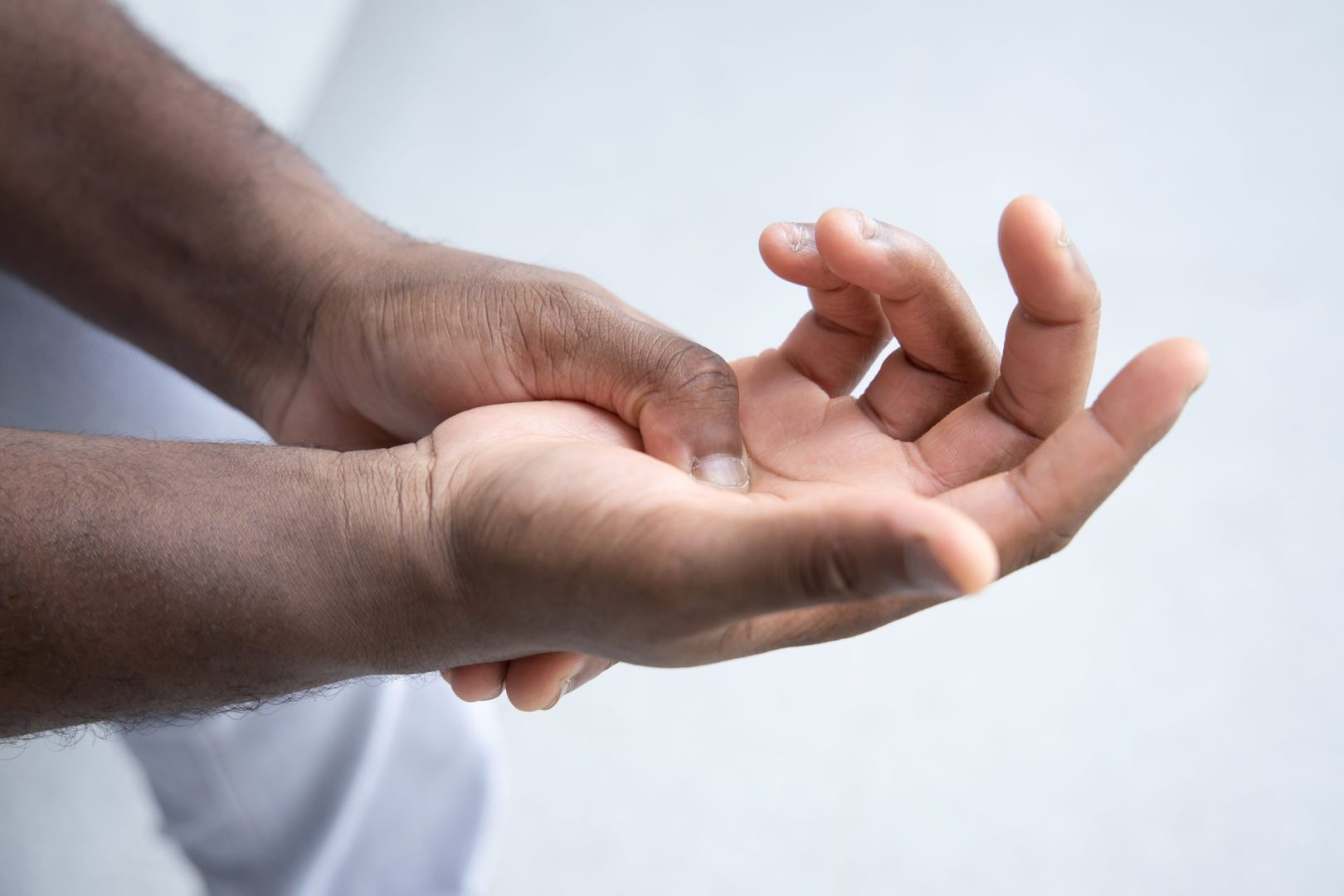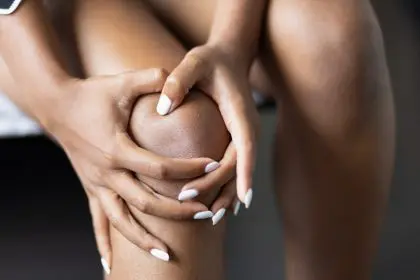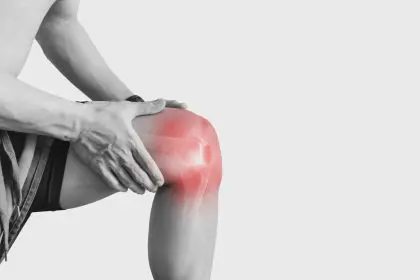Your fingers are trying to tell you something, but you might be missing the message. Those subtle aches, occasional stiffness, and moments when your grip feels weaker than usual aren’t just signs of aging or overuse. They could be early warnings of finger arthritis, a condition that affects millions but often goes unrecognized until significant damage has already occurred.
The tricky thing about finger arthritis is how quietly it begins. Unlike a sudden injury that demands immediate attention, arthritis creeps in with symptoms so mild they’re easy to dismiss. Many people attribute early signs to everything from weather changes to sleeping in awkward positions, missing the opportunity for early intervention that could preserve their hand function for years to come.
Understanding these warning signs and taking action early can make the difference between maintaining full hand mobility and facing progressive joint damage that impacts every aspect of daily life.
The sneaky symptoms hiding in plain sight
- Morning hand stiffness that lingers: Waking up with stiff fingers that take more than a few minutes to loosen up isn’t normal, especially if it happens regularly.
- Grip strength that’s mysteriously weaker: Struggling to open jars, turn doorknobs, or hold objects firmly could signal joint changes beginning to affect hand function.
- Soreness after normal activities: Feeling hand discomfort after typing, writing, or other routine tasks that never bothered you before indicates joints under stress.
- Subtle swelling around finger joints: Even mild puffiness around knuckles or finger joints can be an early sign of inflammation beginning to take hold.
- Strange grinding sensations: Feeling or hearing a grating sensation when moving fingers, known as crepitus, suggests cartilage changes are already underway.
- Dull, persistent aching: Low-level burning or aching pain in fingers that comes and goes but gradually becomes more frequent points to joint inflammation.
These symptoms often fluctuate in intensity, which can make them seem less concerning than they actually are. People frequently experience good days and bad days, leading them to believe the problem is temporary or unimportant.
What’s really happening inside your finger joints
Finger arthritis develops when the protective cartilage that cushions joints begins to break down. This cartilage acts like a smooth, slippery surface that allows bones to glide past each other effortlessly. When it starts deteriorating, bones begin rubbing together, causing inflammation, pain, and eventual joint damage.
The process typically begins long before obvious symptoms appear. Microscopic changes in cartilage composition and joint fluid can occur years before people notice any discomfort. By the time pain becomes regular or severe, significant joint changes may have already taken place.
Understanding this timeline explains why early recognition and intervention are so crucial. Catching arthritis in its earliest stages provides the best opportunity to slow progression and maintain joint function.
The most common types affecting fingers
- Osteoarthritis dominates: This wear-and-tear form of arthritis affects approximately 33 million adults and represents the most common cause of finger joint problems.
- Rheumatoid arthritis attacks: This autoimmune condition causes the body’s immune system to attack joint linings, leading to inflammation and damage.
- Post-traumatic arthritis emerges: Previous finger injuries, fractures, or ligament damage can trigger arthritis development months or years later.
Each type has slightly different characteristics, but all can cause similar early symptoms that are easy to overlook or misinterpret. The key is recognizing that persistent finger discomfort deserves attention regardless of its underlying cause.
Risk factors that increase your chances
Several factors can make finger arthritis more likely to develop. Age-related wear and tear tops the list, as cartilage naturally becomes less resilient over time. However, arthritis isn’t exclusively an older person’s condition, and younger individuals with certain risk factors can develop joint problems too.
Family history plays a significant role, as genetic factors influence cartilage quality and joint structure. People with relatives who have arthritis face higher risks of developing the condition themselves.
Repetitive hand movements, whether from work activities, hobbies, or sports, can accelerate joint wear. Jobs requiring frequent gripping, typing, or fine motor control may contribute to earlier arthritis development.
Previous hand injuries, even those that seemed to heal completely, can create lasting changes in joint mechanics that predispose to arthritis later in life.
Simple strategies that can make a difference
- Heat therapy works wonders: Applying warm compresses or using paraffin wax treatments can help loosen stiff joints and improve mobility, especially in the morning.
Early intervention doesn’t always require medical treatment. Many effective strategies can be implemented at home to manage symptoms and potentially slow arthritis progression.
Gentle hand exercises and stretches help maintain flexibility and strength while promoting healthy blood flow to joints. Simple movements like making fists, spreading fingers wide, and touching thumb to fingertips can be surprisingly beneficial when done regularly.
Stress management techniques may seem unrelated to joint health, but chronic stress can worsen inflammation throughout the body, including in finger joints. Practices like mindfulness, deep breathing, or gentle yoga can have positive effects on both mental well-being and physical symptoms.
Tools and modifications that help
Ergonomic modifications can significantly reduce stress on finger joints during daily activities. Padded pens make writing more comfortable, while easy-grip utensils and jar openers reduce the force required for common tasks.
Supportive splints worn during sleep or specific activities can help maintain proper joint alignment and reduce stress on affected areas. These don’t need to be bulky or uncomfortable – many modern options are lightweight and barely noticeable.
Natural approaches to joint support
Certain supplements may provide joint support, though individual responses vary. Chondroitin and glucosamine are popular choices that may help protect cartilage over time. Omega-3 fatty acids from fish oil have anti-inflammatory properties that can be particularly helpful for autoimmune forms of arthritis.
Natural anti-inflammatories like ginger and turmeric have been used for centuries to reduce swelling and may provide some symptom relief. However, it’s important to check with healthcare providers before starting any supplement regimen, especially if taking other medications.
Over-the-counter relief options
Topical treatments offer targeted relief without systemic effects. Counterirritant products create warming or cooling sensations that can distract from pain signals. Anti-inflammatory creams work directly at the application site to reduce swelling and irritation.
Oral medications like acetaminophen or ibuprofen can help manage pain and inflammation when used appropriately. These should be used according to package directions and with awareness of potential side effects or interactions.
When professional help becomes necessary
Certain symptoms warrant professional medical evaluation. Difficulty moving or bending fingers, especially if it develops suddenly or worsens rapidly, requires attention. Pain or stiffness affecting both hands simultaneously often indicates systemic conditions that need proper diagnosis.
Swelling, warmth, or redness around joints, particularly when accompanied by unusual fatigue or feeling unwell, may signal more serious inflammatory processes that require specific treatment.
The power of early action
Finger arthritis often begins subtly, but recognizing early warning signs provides the best opportunity for effective intervention. Mild symptoms like morning stiffness, decreased grip strength, and joint soreness shouldn’t be ignored or attributed solely to aging.
The range of available treatments, from simple home modifications to advanced medical interventions, means that most people can find effective ways to manage their symptoms and maintain hand function. The key is taking action before joint damage becomes extensive and harder to address.
Staying proactive about joint health, recognizing warning signs, and implementing appropriate interventions can help preserve hand mobility and independence for years to come. Your fingers are essential tools for daily life – they deserve attention and care when they start sending warning signals.

















